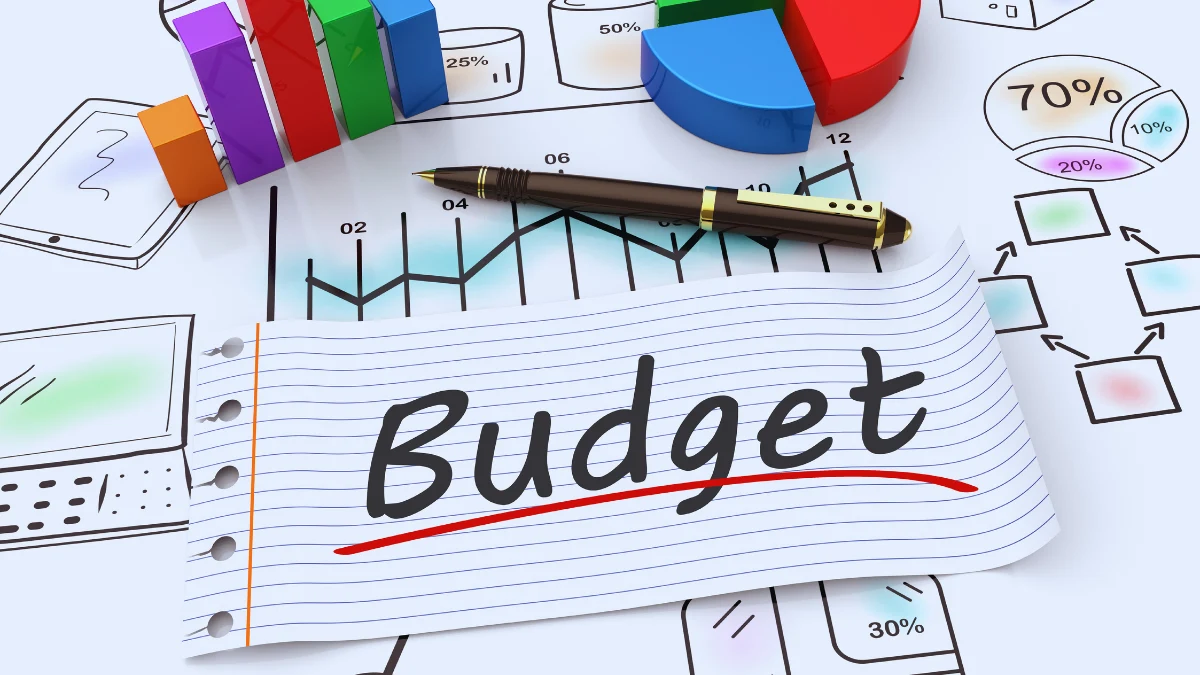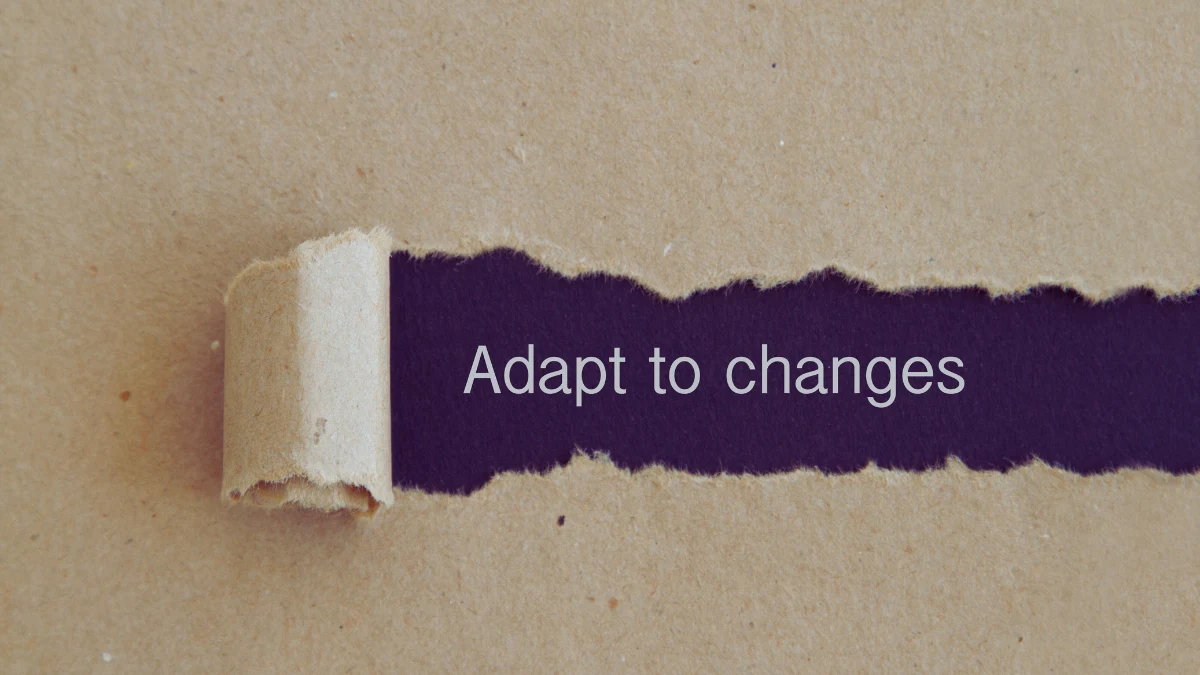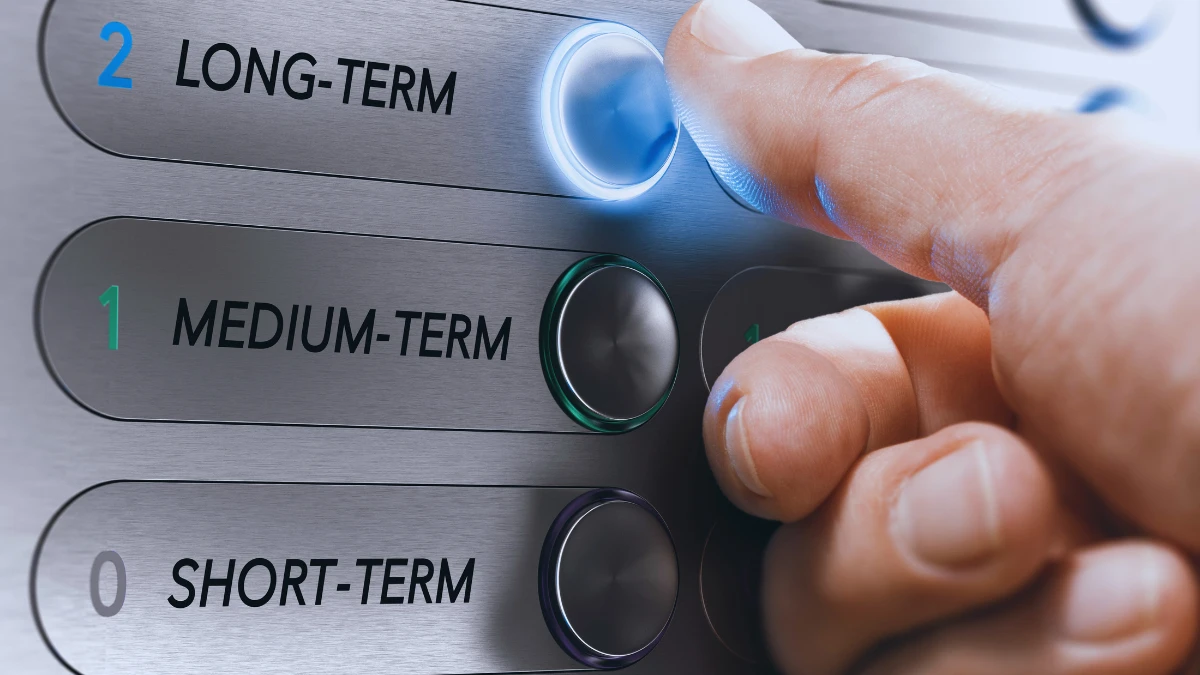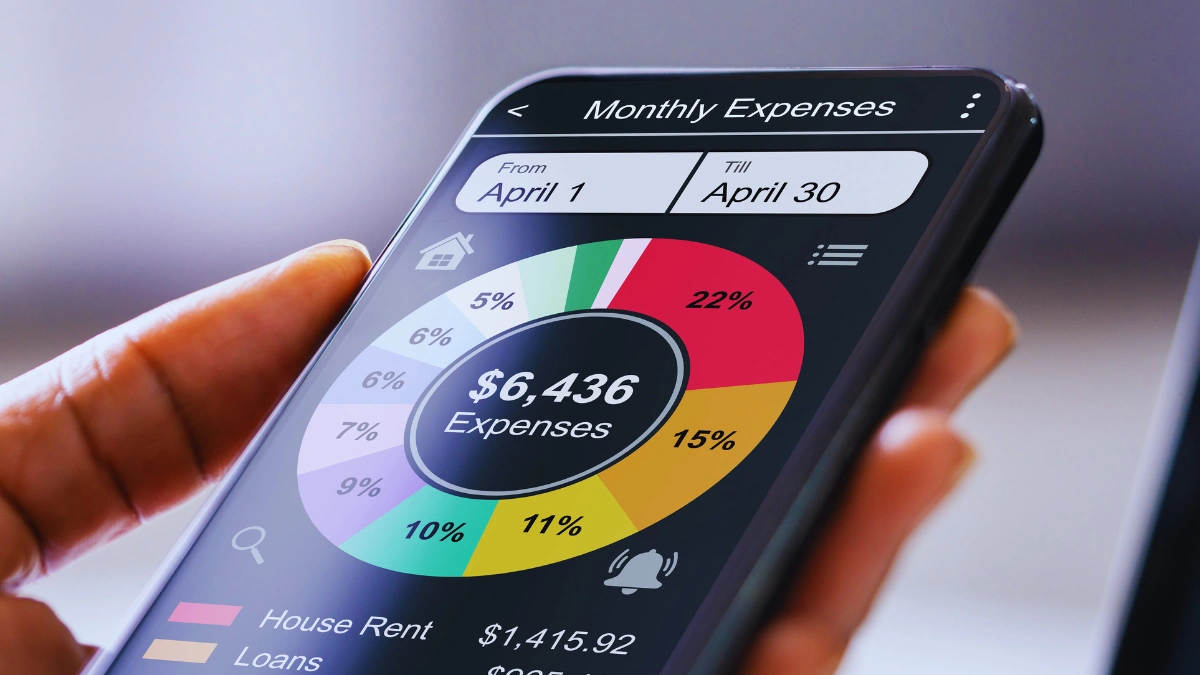The financial advisor’s voice echoed in my head: “Never spend more than 50% on needs.” Yet there I sat, staring at my budget, where rent alone consumed 60% of my take-home pay.
My $2,100 rent seemed reasonable for a one-bedroom in Denver. But when you only bring home $3,500 a month, the math gets ugly fast. Add utilities, groceries, and gas? I was already at 75% before buying a single coffee.
The 50/30/20 rule says put 50% toward needs, 30% toward wants, and 20% toward savings. It sounds smart. It looks clean on paper. But it fails when your rent costs more than half your paycheck.
You’re not alone if this sounds familiar. 49.7% of renters now spend more than 30% of their income on housing, according to the 2023 US Census Bureau American Community Survey. That’s nearly half of all renters breaking the “golden rule” of housing costs.
Here’s what really works when traditional budgeting advice falls apart. You’ll learn five alternative strategies that actually fit today’s housing market. Plus, the hidden costs that make your budget even tighter, and long-term ways to break free from sky-high rent.
The Reality of Housing Costs in 2025: When Rules Break Down

The numbers don’t lie. The average US rent reached $2,075 in March 2025, according to Zillow. To afford that without being “cost-burdened,” you’d need to earn $83,000 a year.
The National Low Income Housing Coalition’s “Out of Reach 2025” report shows you need to earn $33.63 per hour just to afford a modest two-bedroom apartment.
That’s more than double the federal minimum wage.
The 50/30/20 rule came from Senator Elizabeth Warren’s research in the 1990s. Back then, housing was cheaper. Much cheaper. The rule made sense when rent took up 25% of your income, not 60%.
My story isn’t unique. Sarah, a teacher in Portland, spends $1,800 of her $2,900 take-home pay on a studio apartment. That’s 62%. Mark, a graphic designer in Austin, pays $1,400 for his share of a two-bedroom. On his $2,200 monthly income, that’s 64%.
We’re all breaking the rule. Because the rule is broken.
22.4 million renting households spend more than 30% of their income on rent and utilities. When half of renters can’t follow basic financial advice, the advice is the problem.
The Harvard Joint Center for Housing Studies’ “America’s Rental Housing 2024” report found that rent prices are 36.1% higher than before the pandemic. Wages didn’t keep up. They never do.
So what do you do when your rent eats your budget alive?
5 Alternative Budgeting Strategies That Actually Work
Forget the perfect percentages. Real life needs flexible solutions.
Here are five methods that work when your housing costs are too high for traditional advice.
1. The 60/30/10 Budget: When Needs Take Over

This method bumps your “needs” category from 50% to 60%. It’s honest about today’s housing market.
Put 60% toward needs like rent, utilities, groceries, and minimum debt payments. Use 30% for wants like eating out and entertainment. Save the remaining 10%.
Let’s say you bring home $4,000 monthly. Your breakdown looks like this:
- $2,400 for needs (including that $1,800 rent)
- $1,200 for wants
- $400 for savings
Is 10% savings ideal? No. But it’s better than zero. And it’s realistic when your rent is $1,800.
This budget acknowledges that housing costs have grown faster than income. The Consumer Price Index shows shelter costs have outpaced general inflation for three straight years. You can’t ignore math.
The key is being strict with that 30% wants category. No budget creep. If you spend more on coffee, spend less on streaming services. The trade-offs keep you honest.
Start tracking every dollar in the wants category. You’ll find money you forgot you had.
2. The 70/20/10 Aggressive Debt Strategy: When Debt Drowns You

Some people face a double problem. High rent plus high debt payments.
If you’re paying $300+ monthly on credit cards or student loans on top of expensive rent, try 70/20/10. Put 70% toward all fixed costs (rent, minimums, essentials). Use 20% to attack debt aggressively. Keep 10% for everything else.
This budget is tight. Really tight. But it’s temporary.
Here’s how it works with $3,500 take-home:
- $2,450 for fixed costs (rent, utilities, minimum payments, food)
- $700 for extra debt payments
- $350 for wants
That $350 for wants isn’t much. But every extra dollar you throw at debt saves you money on interest. Kill the debt, free up cash flow, then adjust your budget.
This strategy works best if you can see an end date. Maybe your student loan has two years left. Or you can pay off credit cards in 18 months.
Track your progress weekly. Seeing debt balances drop keeps you motivated when the budget feels impossibly tight.
3. The Priority-Based Budget: Must-Haves Come First

Forget percentages entirely. List every expense by importance instead.
- Priority 1: Survival needs (rent, utilities, minimum food)
- Priority 2: Security needs (insurance, emergency fund contributions)
- Priority 3: Debt payments above minimums
- Priority 4: Comfort spending (better food, entertainment)
- Priority 5: Future goals (extra savings, investments)
Pay Priority 1 first. Then Priority 2 if money remains. Keep going down the list until you run out of cash.
This method works great for irregular income. Freelancers and gig workers can adjust month to month. Good month? You get to Priority 4 or 5. Tight month? Stick to Priorities 1 and 2.
Write your priority list and put dollar amounts next to each level. Be honest about minimums. You need $400 for food, not $200. You need $100 for gas, not $50.
Review and adjust quarterly. Your priorities change as your life changes.
4. The Percentage-Free Approach: Real Dollars Only

Some people hate percentages. They want concrete numbers.
This method uses dollar targets instead of ratios. Pick specific amounts for each category based on your actual life.
Example monthly targets for $3,500 income:
- Rent: $2,000 (fixed, can’t change right now)
- Food: $400 (groceries plus some eating out)
- Transportation: $300 (car payment, gas, insurance)
- Phone: $50
- Emergency fund: $200
- Fun money: $200
- Everything else: $350
The benefit? You see exactly where your money goes. No math required. If rent goes up $50, you know you need to cut $50 somewhere else.
This approach works well if your income stays steady. It’s less flexible than percentage-based budgets, but some people prefer the clarity.
Update your dollar amounts every six months or when major expenses change.
5. The Flexible Framework: Change as Life Changes

Life isn’t static. Your budget shouldn’t be either.
This method adjusts ratios based on your current situation. New job with higher pay? Increase savings. Temporary financial stress? Cut wants to zero.
Create three budget versions:
- Survival mode: 70% needs, 25% debt payments, 5% wants
- Normal mode: 60% needs, 20% savings/debt, 20% wants
- Growth mode: 50% needs, 30% savings/investments, 20% wants
Switch between modes as needed. Job loss? Go to survival. Big raise? Jump to growth.
This prevents the all-or-nothing thinking that breaks most budgets. Bad months don’t ruin your progress. They’re just temporary adjustments.
Review which mode fits your current situation every quarter. Be honest about where you are, not where you wish you were.
The Hidden Costs Making Your Budget Even Tighter

Your rent is just the start. Hidden costs push your housing burden even higher.
Utilities average $200+ monthly in most cities. Electric, gas, water, trash, and internet. In Phoenix, summer electric bills hit $300. In Boston, winter heating costs spike.
Renter’s insurance seems cheap at $15 monthly. But landlords increasingly require $100,000+ coverage. That’s $25-40 monthly.
Parking costs $50-200 monthly in urban areas. Pet deposits run $300-500 upfront, plus $25-75 monthly “pet rent.” Many cities charge this even for small pets.
Moving costs bite hard. First month, last month, security deposit. That’s three months of rent upfront. For a $1,500 apartment, you need $4,500 just to move in.
Application fees add up. $50-100 per application. Apply to five places? There’s $500 gone with no guarantee.
Factor these costs before signing any lease. Your true housing cost might be 20% higher than the listed rent.
I learned this the hard way. My $2,100 rent became $2,350 with utilities and parking. That pushed my housing burden from 60% to 67%.
Emergency Strategies: When You Have No Choice But High Rent

Sometimes you can’t avoid expensive rent. The job requires you to live in Manhattan. Family situation locks you in place. Economic factors beyond your control.
Here’s how to survive financially when high rent isn’t optional.
Switch to income-based budgeting. Instead of targeting percentages, work backwards from your rent. If rent is $2,500 and you earn $4,000, you have $1,500 for everything else. Period.
Break that $1,500 into minimums:
- Food: $350
- Transportation: $250
- Phone: $50
- Utilities: $150
- Insurance: $100
That leaves $600. Use $400 for debt payments and emergencies. Keep $200 for sanity spending.
Try the “reverse budget.” Pay rent and minimums first. Whatever remains gets split into three equal piles: food, savings, and everything else.
This method prevents overspending early in the month. You can’t blow your food money on concert tickets when food comes from a specific pile.
Automate the painful stuff. Set up automatic transfers for rent and utilities right after payday. You can’t spend money that’s already gone.
Build a tiny emergency fund even with high rent. $25 weekly adds up to $1,300 yearly. That covers most surprise expenses without credit cards.
Track everything for 30 days. Write down every purchase. You’ll find $100+ in forgotten subscriptions and impulse buys.
Long-term Solutions: Breaking Free from the Rent Trap

High rent doesn’t have to be permanent. Here’s how to work toward something sustainable.
House hacking cuts costs fast. Rent a two-bedroom apartment and split with a roommate. Your $2,000 rent becomes $1,000. Or rent a room in someone else’s place instead of your own apartment.
Use apps like SpareRoom or Roomies to find compatible housemates. Screen carefully, but don’t let perfect be the enemy of good.
Geographic arbitrage works if you’re flexible. Remote work lets you live in cheaper areas while keeping big-city salaries. An $80,000 salary goes much further in Nashville than in San Francisco.
A 30-minute commute extension can cut rent by 20-30%. Sometimes the math works in your favor.
Focus on income before cutting costs. You can only cut expenses so much. Income has no ceiling. Side hustles, skill building, and job changes – these create lasting improvement.
Track which activities increase your earnings potential. Spending $500 on a coding bootcamp might boost income by $10,000. That’s better than cutting $50 monthly from groceries.
Consider alternative housing options. ADUs (accessory dwelling units) cost less than traditional apartments. Some areas have programs for affordable housing. Mobile home communities offer ownership opportunities.
These aren’t ideal for everyone. But they’re options when traditional housing doesn’t work.
Build credit and savings for future moves. Good credit scores unlock better rental options. Emergency funds let you move when opportunity strikes.
Even small improvements compound. A 50-point credit score increase might qualify you for apartments that cost $200 less monthly.
Tools and Apps That Actually Help (Especially for Tight Budgets)

The right tools make managing tight budgets easier. Here are the ones that actually work.
1. YNAB (You Need A Budget) excels at zero-based budgeting. Every dollar gets a job before you spend it. The app costs $99 yearly, but users report saving $600+ monthly on average.
Try the 34-day free trial. If it doesn’t save you more than $99, cancel.
2. EveryDollar offers Dave Ramsey’s budgeting method. The free version handles basic tracking. Premium ($129 yearly) connects to your bank accounts for automatic transaction importing.
Good for people who like detailed categories and aggressive debt payoff strategies.
3. Monarch Money combines budgeting with investment tracking. $99 yearly gets you bank syncing, bill tracking, and net worth monitoring.
Best for people who want one app for everything financial.
4. Goodbudget uses the envelope method digitally. The free version handles 10 envelopes and two devices. $60 yearly unlocks unlimited envelopes and devices.
Perfect if you like traditional envelope budgeting but want modern convenience.
5. PocketGuard focuses on preventing overspending. It shows how much you can safely spend after bills and goals. Free version handles basics. $12.99 monthly adds detailed insights.
Great for people who struggle with impulse purchases.
Start with free versions. Upgrade only after you see real results. The best budgeting app is the one you actually use.
What Financial Experts Actually Recommend (Not the Outdated 30% Rule)

Modern financial experts acknowledge that old rules don’t fit today’s reality.
Melissa Caro, a Certified Financial Planner and founder of My Retirement Network, says flexibility is necessary in today’s housing market. “Rent or mortgage payments won’t adjust if you face a job loss, so carefully weigh what’s essential versus what’s ideal.”
She recommends treating 50% of income on housing as a “red line” to avoid. Above that, you lose financial flexibility for emergencies and other goals.
The Federal Reserve’s 2021 research paper “Differences in Rent Growth by Income 1985-2019” found that housing costs have grown faster in areas where high-income households live. This creates geographic inequality in budgeting advice.
What works in Toledo might fail in San Francisco. Location matters more than universal rules suggest.
Financial planners now recommend:
Build emergency funds even with high housing costs. Start with $500. Add $25 weekly until you hit one month of expenses. High housing costs make emergencies more dangerous, not less important.
Prioritize high-interest debt over perfect budget ratios. Credit card debt at a 22% interest rate costs more than imperfect savings rates. Kill expensive debt first.
Use percentage guidelines as starting points, not absolute rules. Adjust based on your city’s cost of living and your specific situation.
Focus on net worth growth over monthly budget percentages. Someone paying 60% on housing but building wealth is better off than someone following perfect ratios while staying broke.
The Harvard Joint Center for Housing Studies’ latest research shows that 27% of renters are “severely cost-burdened,” spending more than 50% of their income on housing. When one in four renters faces this situation, the problem isn’t individual budgeting skills.
Review and adjust budgets quarterly, not annually. Rapid changes in housing costs require faster adaptation. What worked in January might fail by June.

